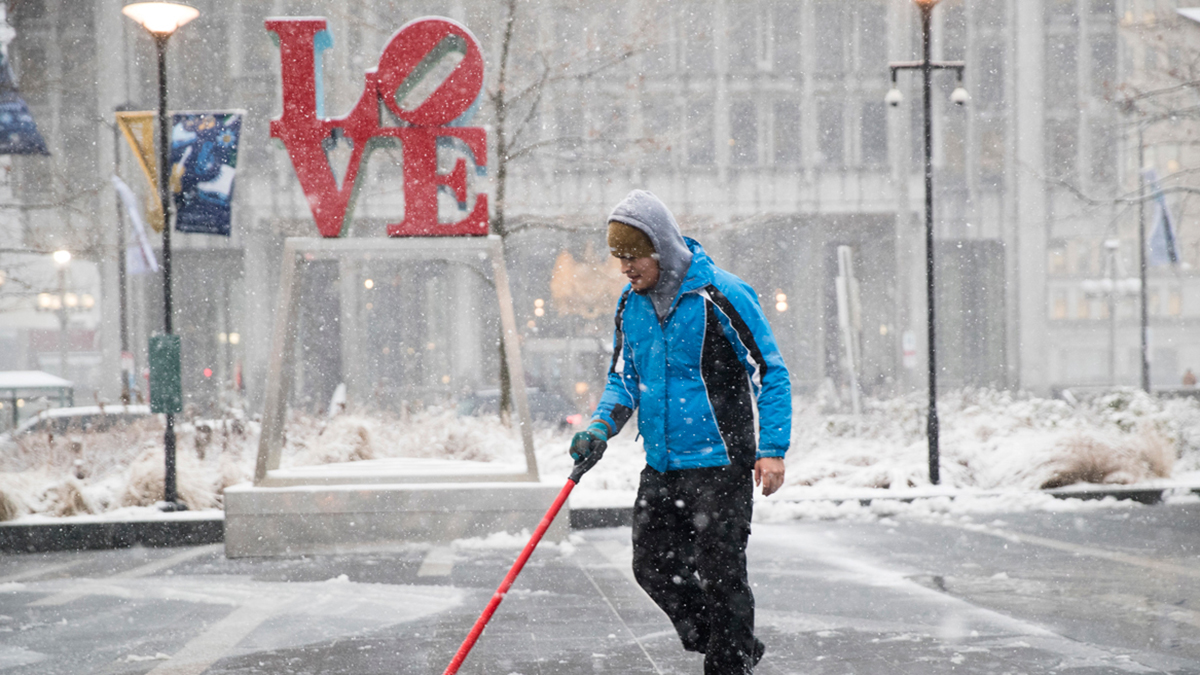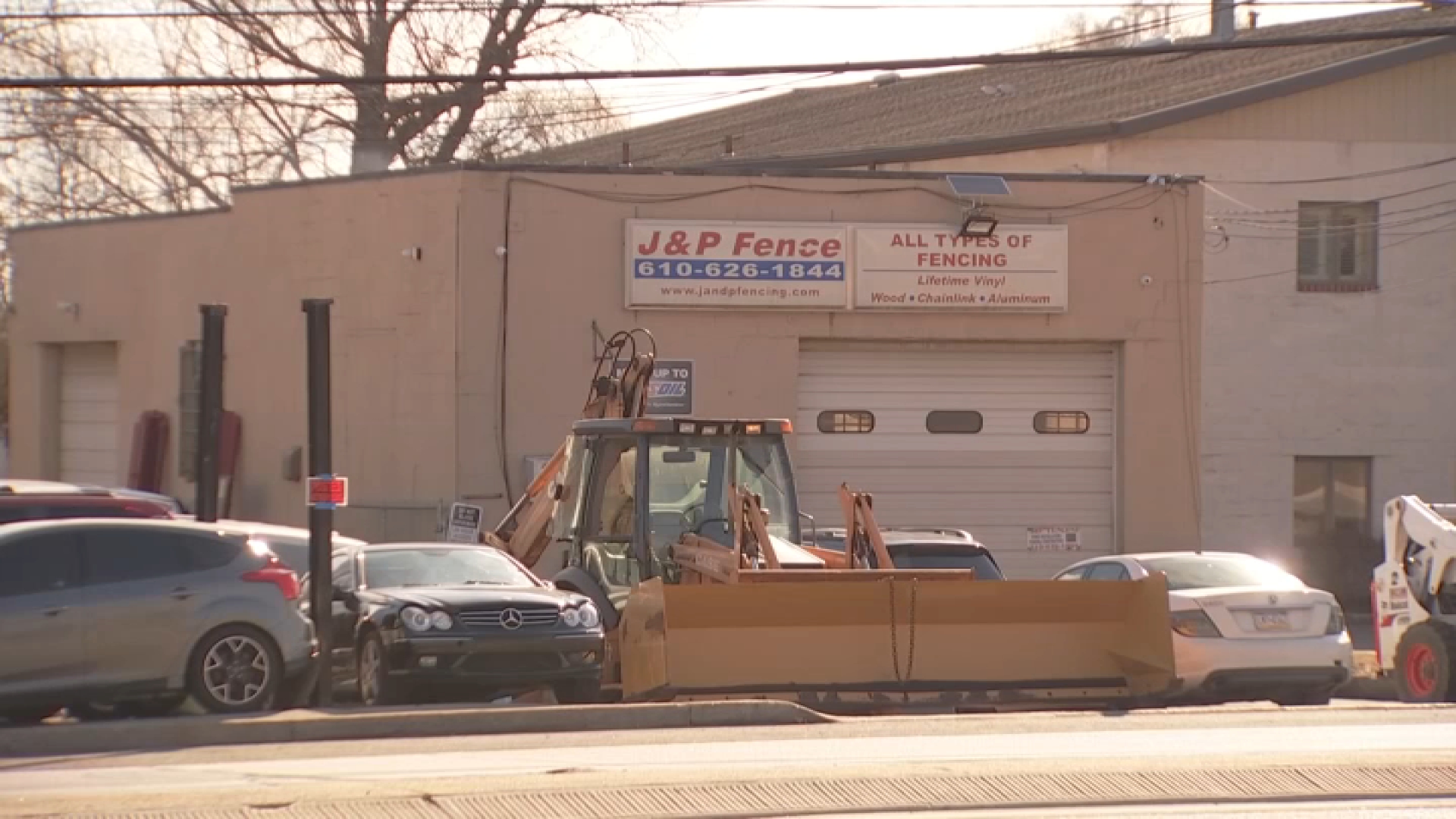More than 271,000 calls for EMS help came into Philadelphia's 9-1-1 system last year, a massive number that has grown annually from years past, according to the city Fire Department, which oversees emergency medical response.
The city's 55 ambulances on patrol during peak hours — and 50 during overnight hours — have long struggled to meet the daily demand. A 2006 report by the City Controller found only 40 percent of ambulance runs took 9 minutes or less to arrive at the emergency scene.
But it's even less than previously thought, fire officials told NBC10 Investigators. They now say their records show only about 33 percent of ambulances arrive on scene within 9 minutes, an industry standard.
Improving response times goes beyond getting more ambulances and paramedics on the streets, Fire Commissioner Adam Thiel said in an interview.
"We certainly think, to handle the demand we have today, we need more. That said, you know, we could add more forever, and we're not going to be able to respond our way out of this," Thiel said.
He noted that improved social services and healthcare and access to medication and addiction treatment would be preventative measures that in turn would improve ambulance response times.
Local
Breaking news and the stories that matter to your neighborhood.
Thiel also pointed to department statistics that show EMS units do arrive within 9 minutes for 60 percent of "hot calls" — those 9-1-1 emergencies deemed highest priority.
Fire stations house ambulance units in between EMS runs. Here is a map of the city's 63 fire stations. (Click on individual stations to see what engine, ladder and rescue companies, as well as medic units, are housed at each location.)




